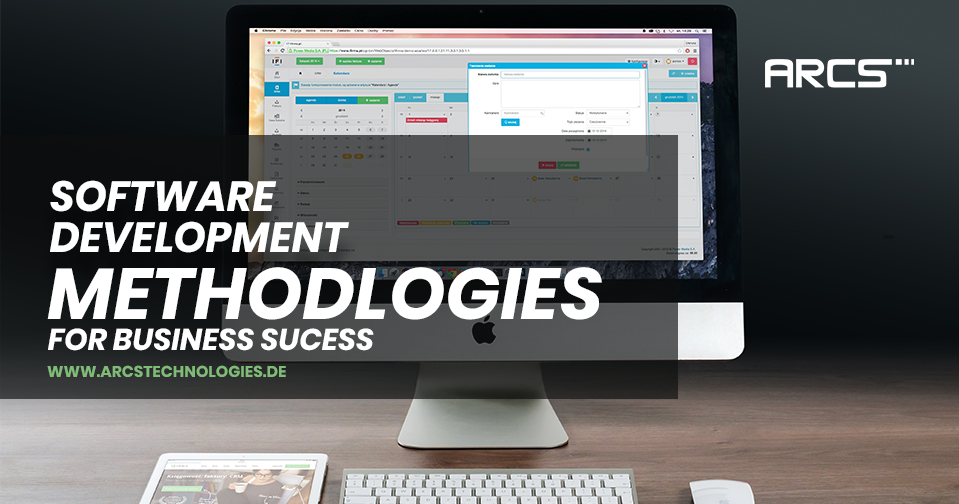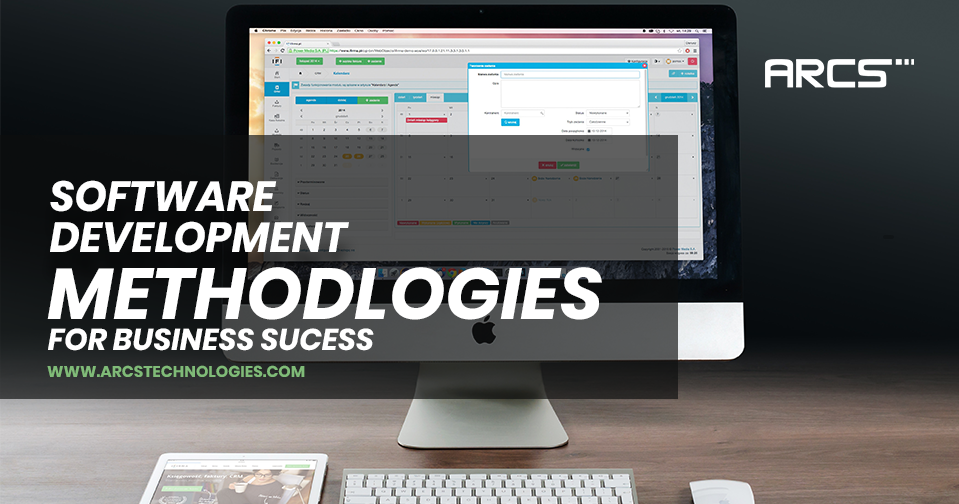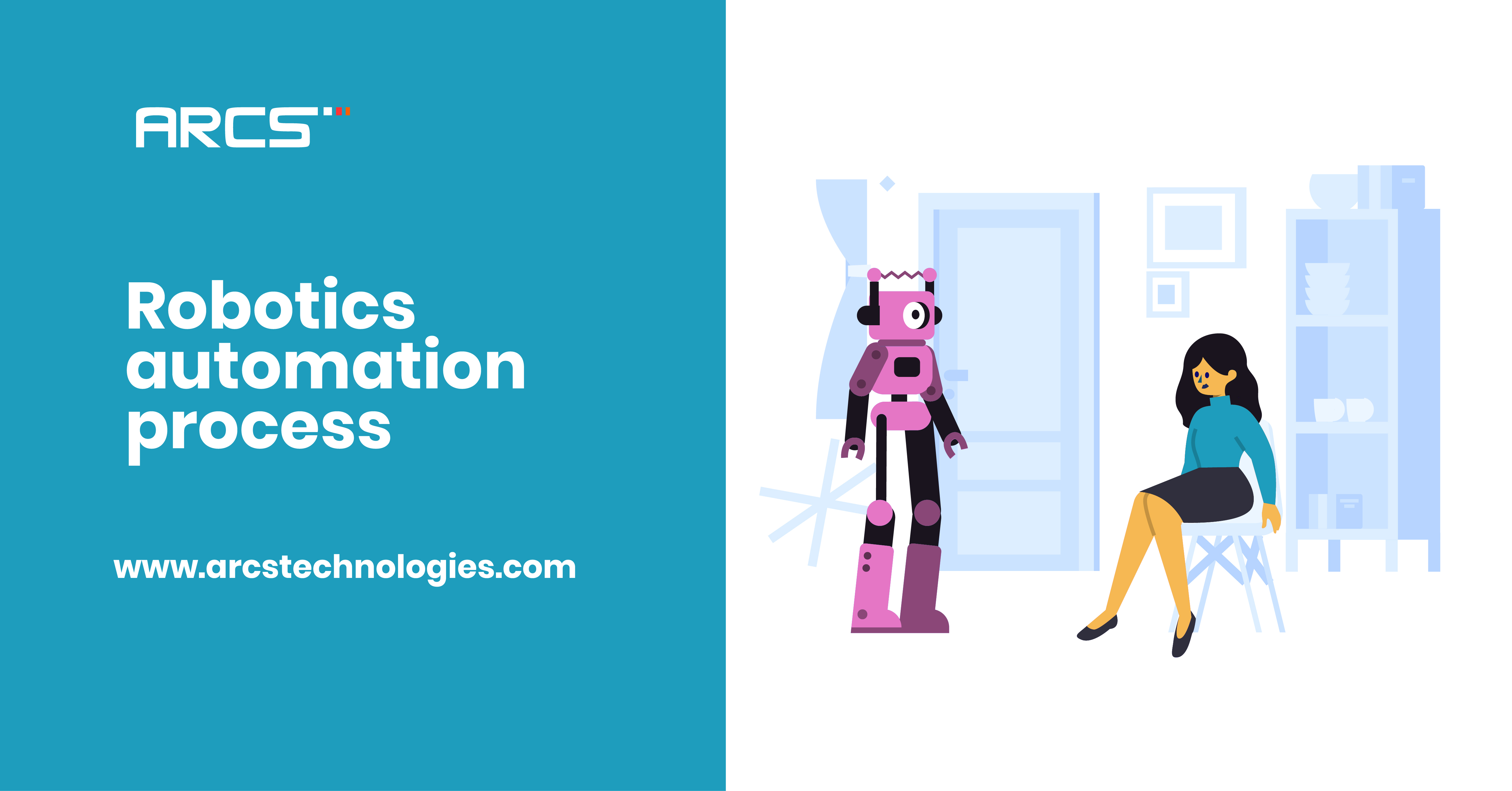Select Your Preferences
Benefit from our wide array of state of art, high-end software, integrated web and mobile digital solutions
August 29 2020, IMAGE POST

To be able to see into the future. Wouldn't that be wonderful! ARCS will probably get there someday, but the time series forecasting gets you close to it. It gives you the ability to "see" ahead of time and succeed in your business. In this blog, we will look at what time series forecasting is, how machine learning helps in investigating time-series data, explore a few guiding principles, and see how it can benefit your business. Time series allows you to analyze major patterns such as trends, seasonality, cyclicity, and irregularity. Time series analysis is used for various applications such as stock market analysis, pattern recognition, earthquake prediction, economic forecasting, census analysis and so on.
It is important to use these features carefully, especially when the real future values are unclear. However if the features are predictable or have certain patters, you will be able to build a forecast model based on them. Using predicted values as features is risky as it can cause substantial errors and provide a biased result. Properties of a time series and time-related features that can be calculated could be added to the time series models. Mistakes in handle features could easily get compounded causing extremely skewed results, so extreme caution is in order.
Don't be too quick to dismiss smaller time series as a drawback. All time-related datasets are useful in time series forecasting. A smaller dataset would not require an external memory for your computer, which makes it easier to analyze the entire dataset and to make plots that could be analyzed graphically. Time series deals with three types of data- time-series data, cross-sectional data, and pooled data, which is a combination of time series data and cross-sectional data. Large amounts of data give you the opportunity for exploratory data analysis, model testing and tuning, and model fidelity. The question you should ask yourself is, how much data is available and how much data am I able to collect? Organizations should be able to decide which forecast works best for their firm. A rolling forecast will re-forecast the nest twelve months, whereas the traditional or static annual forecast creates new forecasts towards the end of the year. Think about whether you want your forecasts update regularly or you need a more static approach.



June 03 2020

December 17 2020

July 24 2020
















POST A COMMENTS
User Details